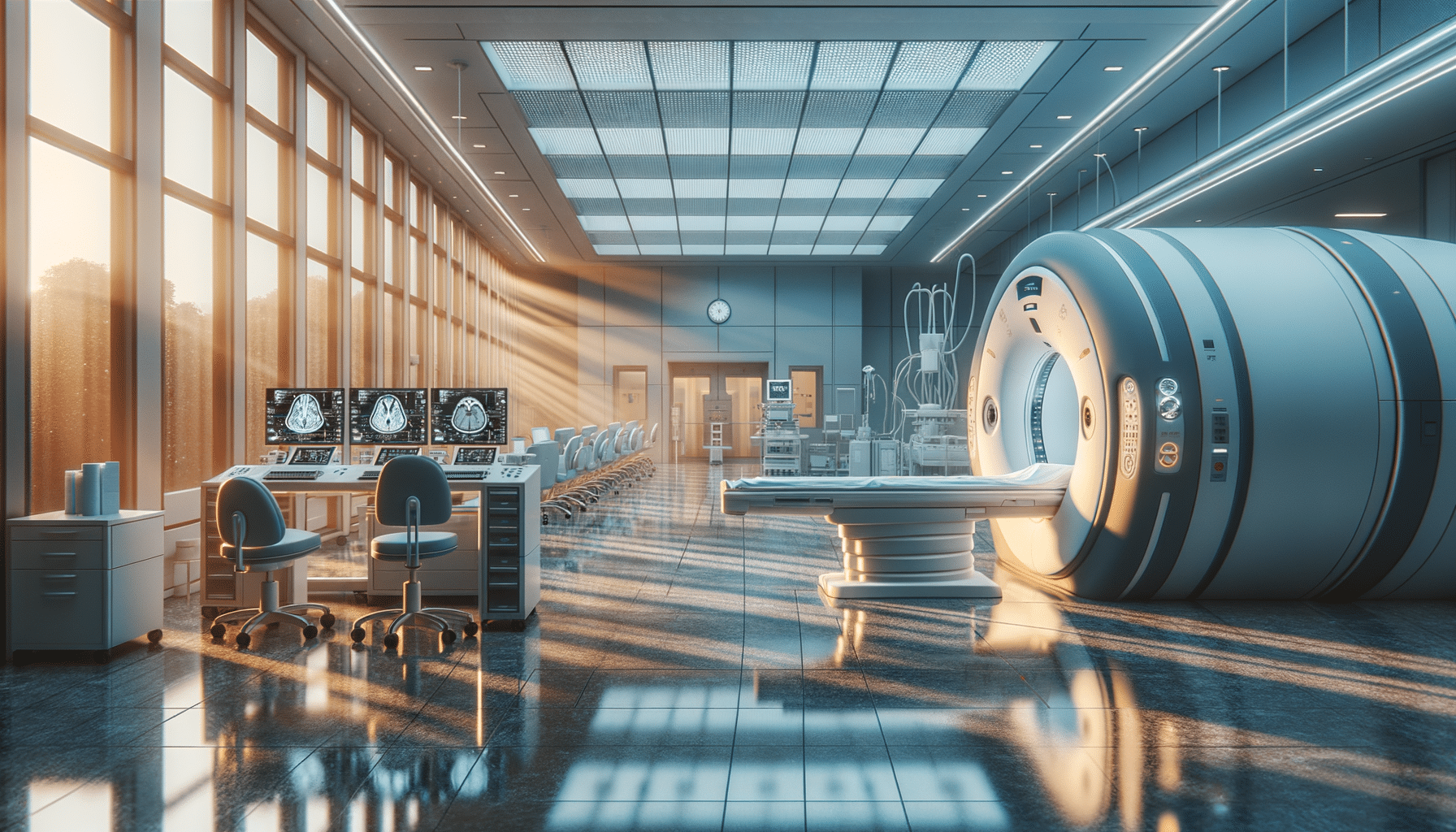
Transform Your Home with Modern Window Upgrades
Introduction to Window Replacement
Windows play a crucial role in the aesthetics, energy efficiency, and overall comfort of your home. However, many homeowners overlook the importance of maintaining and upgrading their windows. Outdated windows can lead to a myriad of problems, including drafts, increased energy bills, and even structural damage. This article explores the significance of window replacement and how modern upgrades can transform your living space. By addressing issues such as cracks and condensation problems, new windows offer a fresh start for your home.
The Benefits of Modern Window Upgrades
One of the most compelling reasons to consider window replacement is the range of benefits offered by modern window technology. Today’s windows are designed with energy efficiency in mind, featuring advanced materials and coatings that help to reduce heat loss and gain. This can lead to significant savings on energy bills, as your heating and cooling systems won’t have to work as hard to maintain a comfortable indoor temperature.
Moreover, modern windows enhance the overall comfort of your home by eliminating drafts and reducing noise pollution. The improved insulation properties of new windows ensure that your home remains cozy and quiet, even in the busiest of neighborhoods. Additionally, many modern window designs offer UV protection, safeguarding your furniture and flooring from fading caused by direct sunlight.
Beyond functionality, modern window upgrades can also elevate the aesthetic appeal of your home. With a wide variety of styles, colors, and finishes available, you can find windows that complement your home’s architecture and enhance its curb appeal. This not only makes your home more enjoyable to live in but can also increase its market value.
Signs It’s Time for a Window Replacement
Recognizing when it’s time for a window replacement can save you from costly repairs and improve your home’s efficiency. One of the most obvious signs is visible damage, such as cracks, warping, or rotting frames. These issues not only compromise the structural integrity of the window but can also lead to air and water leaks.
Condensation problems are another indicator that your windows may need replacing. While some condensation is normal, excessive moisture between the panes suggests that the window seal is failing, reducing its insulation capabilities. If you find yourself frequently dealing with foggy windows, it may be time to consider an upgrade.
Increased energy bills can also be a red flag. If your heating and cooling costs have been steadily rising, your windows could be to blame. Older windows often lack the insulation properties needed to keep your home energy-efficient, leading to higher utility costs.
Choosing the Right Windows for Your Home
Selecting the right windows for your home involves considering several factors, including material, style, and energy efficiency. Popular materials include vinyl, wood, and fiberglass, each offering unique benefits. Vinyl windows are known for their durability and low maintenance, while wood provides a classic, elegant look. Fiberglass, on the other hand, offers exceptional strength and insulation properties.
When it comes to style, options range from traditional double-hung windows to sleek, modern casement designs. Consider the architectural style of your home and your personal preferences when making a decision. Additionally, think about the functionality you need. For instance, if ventilation is a priority, you might opt for windows that open fully, such as casement or awning styles.
Energy efficiency should also be a top consideration. Look for windows with features like double or triple glazing, low-E coatings, and gas fills, which enhance insulation and reduce energy loss. These features not only contribute to a more comfortable home but also help lower your energy bills.
The Window Replacement Process
Understanding the window replacement process can help you prepare for the project and ensure a smooth experience. The first step is to assess your current windows and determine which ones need replacing. A professional window contractor can provide a thorough evaluation and recommend the best options for your needs.
Once you’ve selected your new windows, the installation process begins. This typically involves removing the old windows, preparing the openings, and installing the new units. It’s essential to work with experienced installers who can ensure a precise fit and proper sealing to maximize the benefits of your new windows.
After installation, it’s important to maintain your windows to prolong their lifespan and performance. Regular cleaning and inspections can help identify any issues early on, allowing for timely repairs. With proper care, your new windows can provide years of comfort, efficiency, and beauty to your home.


